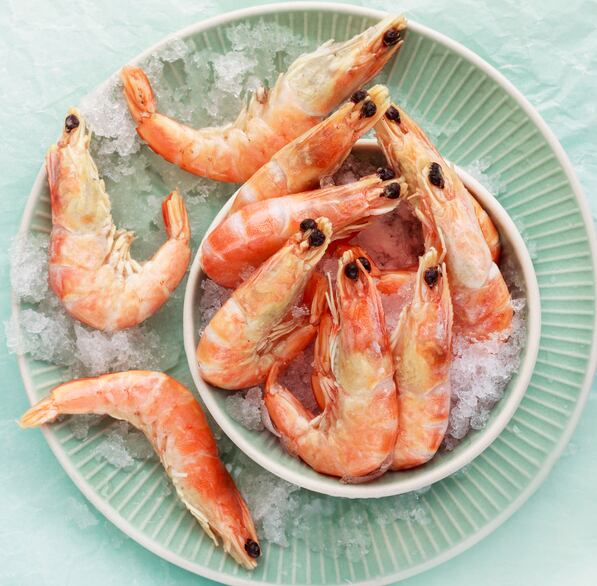The clean label additive, called crustacean, was developed by the Buenos Aires-headquartered company with technical support from scientists at Argentina’s national technological institute, INTI, and the the University of Lanús.
It prevents the development of melanosis without altering the color, flavor or texture of the product.
Melanosis, also known as blackspot, occurs when enzymes in the shrimp come into contact with air, causing it to discolor.
The initial color changes do not indicate bacterial spoilage as the darkening occurs before bacteria grow, meaning the issue is one of food quality rather than food safety.
However, as Jon W. Bell from the department of food science at the LSU AgCenter in the US writes, melanosis is not preferable from a consumer perspective.
“Even though we eat with our mouth, we buy with our eyes. Blackspot is a color defect, and negatively affects quality perception and purchase by the customer.”
'A global trend towards sulfite-free and phosphate-free'
Sulfites are effective in preventing blackspot but can cause allergies in some individuals. In the EU, for instance, wine producers must add the warning ‘contains sulfites’ to their product labels.
Other issues of concern, according to Julieta Comin, head of industry and services for INTI’s research, development and innovation department, are: “the health damages caused to the operators who handle the product during its manufacture and [the fact] that sulfites are aggressive to the environment”.
“With the use of sulfites, crustaceans can suffer degradation over time in freezing chambers,” she added.
According to DPAustral, Crustacean allows manufacturers to meet "the global trend [for] the use of sulfite-free and phosphate-free products".
Comin told FoodNavigator-LATAM the additive, which contains sodium chloride, citric acid, and 4-hexylresorcinol as the active ingredient, works by preventing the development of melanosis.
“The polyphenol oxidase, which is responsible for enzymatic browning, is inhibited specifically and irreversibly by 4-hexylresorcinol,” she said.
The additive, which is already being used by the main companies in Argentine's fishing sector, including DPAustral, can be used in any crustacean that suffers melanosis triggered by polyphenol oxidase enzyme.
Lower cost-in-use
Between four and six kilos of sodium metabisulfite are used to treat one tonne of prawns - and is then discarded at sea - compared to only 250 cubic centimeters of the recently developed additive, INTI said.
Leonardo Spina, manager of technological development and innovation at INTI, said: "The new additive will allow our industries to export to markets that are currently closed due to the use of sulfites, such as the United States, the European Union, China, among others."
Argentina’s biggest export markets for prawns are China, the EU, the US, and Japan.
The main aquaculture species in Latin America are salmonids (salmon, trout and other fish), shrimp and tilapia, according to the Food and Agriculture Organization (FAO).


